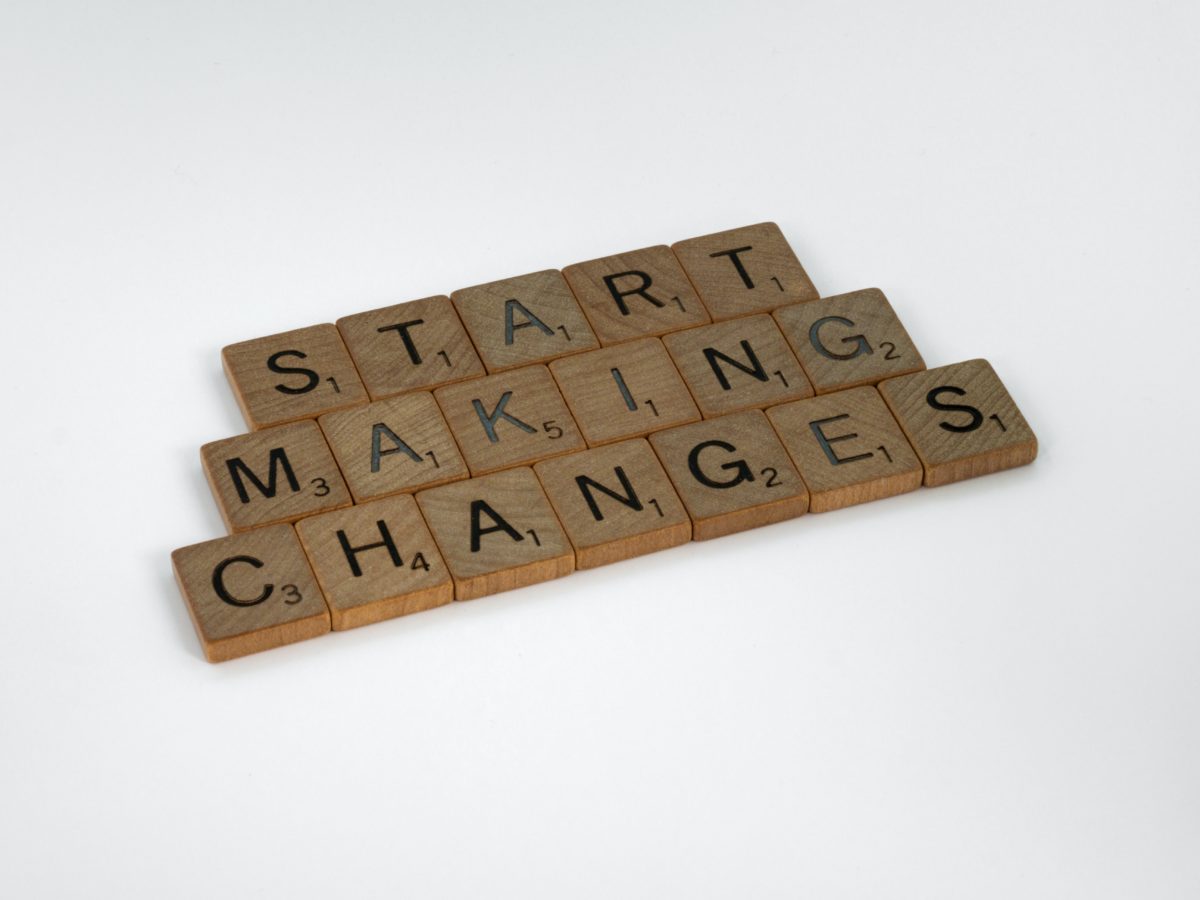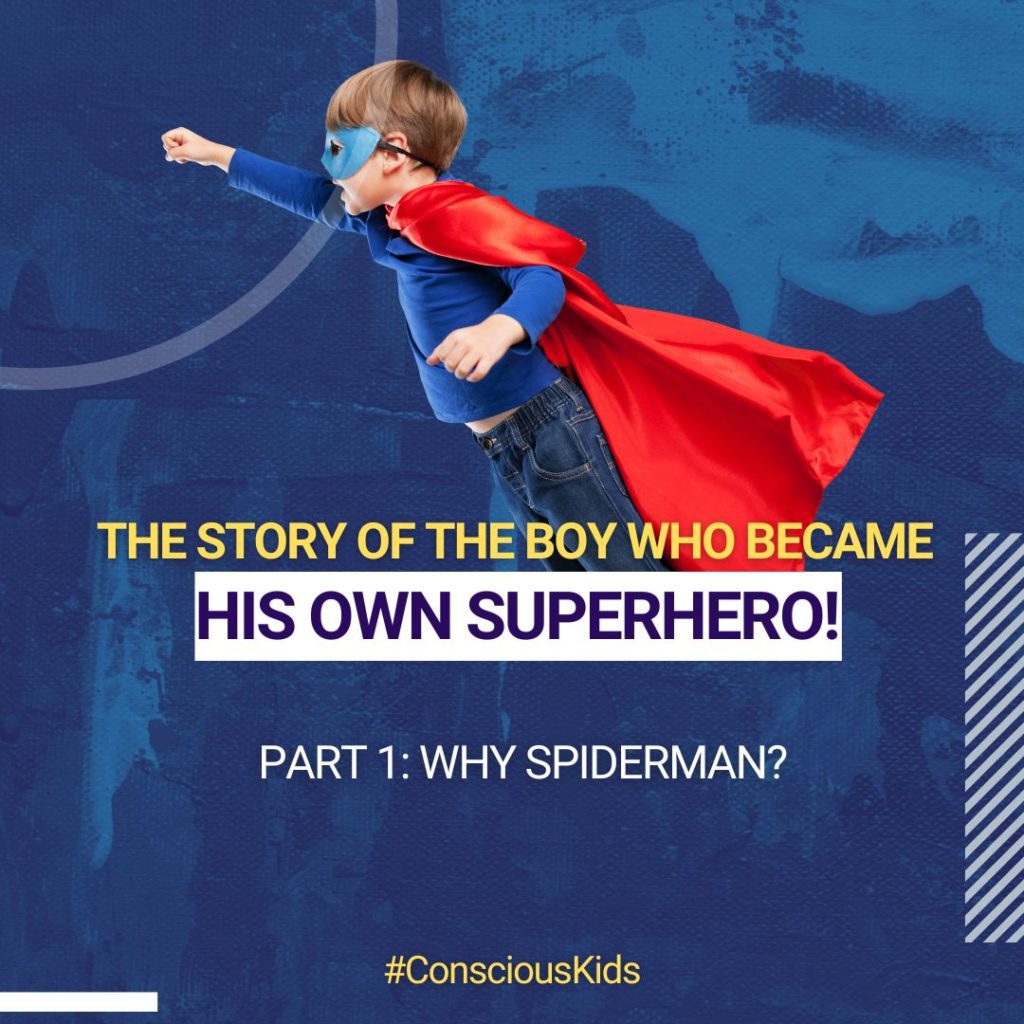Talking about the struggles and pains of leading a major restructuring is unfashionable in senior management circles. Executives call those restructuring projects “challenges” or “opportunities to transform”. Managers are supposed to be strong actors, make the impossible happen and stay energized and engaged throughout the process.
Yet, many leaders who moved up the ranks in times of growth are not fully prepared for restructuring and downsizing. Nor are they comfortable with the ambiguity and unpredictability of our increasingly complex world.
Moreover, the pressure on the role of executives is increasing. As in other parts of society, managers can no longer rely on their formal role as a source of authority. When a child was complaining about a teacher 20 years ago, the usual response of parents was “behave and try to get along with the teacher”. Today parents share the complaint with other parents online. The role of the teacher, or doctor, or manager evokes less and less trust. Combined with constant business change, this leads to an obvious but often unsaid truth:
Being a leader increasingly means to deal with major crisis situations whilst under pressure in your own role. Many executives therefore see less and less meaning in what they do, moreover as today’s tightly controlled corporate structures limit their own room for action. This can turn into a downward spiral for leaders, reducing their effectiveness, their identification with the role, their engagement and ultimately their mental and physical health.
A lot of tools have been recommended for leaders to master any type of crisis. We assume that our readers are already sufficiently equipped with the usual management instruments. Instead, we invite a short reflection on a very ancient story which can help us gain a complementary perspective.
 The sea was calm when Ulysses and his sailors approached the island of the Sirens. All men had plugged their ears with wax to avoid hearing the deadly song of the Sirens. Only Ulysses dared to confront the danger and kept his ears open. However, he made sure that he would not be swallowed by the song of the Sirens by asking his men to bind him to the mast and not let him loose under any circumstance.
The sea was calm when Ulysses and his sailors approached the island of the Sirens. All men had plugged their ears with wax to avoid hearing the deadly song of the Sirens. Only Ulysses dared to confront the danger and kept his ears open. However, he made sure that he would not be swallowed by the song of the Sirens by asking his men to bind him to the mast and not let him loose under any circumstance.
When we hear heroic stories, like the one of Ulysses, or watch more recent heroes going through life threatening challenges in movies, we experience in some short moments the angst of confrontation with the unknown and the dangerous. In those moments, together with our hero, we neither run away, nor are we swallowed and destroyed by the experience. We stay confronted by the danger, and we are relieved when the hero comes out of the experience. He is not only safe now, but he is stronger and surer of himself and of what he stands for.
Leading through downsizing, restructuring and other forms of major organizational crisis, there could be moments where leaders admit that they are not strong and all-knowing. They could become aware of their limitations and ask for help instead, as Ulysses did when asking his team to secure him.
They could, at the same time, avoid closing their ears and looking away from the threats and issues. They could avoid isolating themselves from their teams when times get rough, as many executives tend to do. They could instead stay connected to their people and the organization, while keeping their ears open and keeping their own voice.
During times of restructuring and crisis there could be moments where leaders become more aware about their role and about themselves and make sense of what they do and who they are. The crisis is a great moment in time to get in touch with, and express, one’s own true beliefs.
It is possible to go through a crisis and stay true to who you are and express it authentically and skillfully.
If leadership is executed like that, chances are that leaders and their teams will weather the storm. More than that, they are more likely to benefit from it and grow as professionals as well as personally. Ultimately, in leading through the crisis in that way, they will have the privilege to leave a meaningful legacy. This legacy is not only the targets they met, but also the maturity they have gained as human beings and the stronger and healthier organization they have built. We encourage leaders to look for the support they need to deal with restructuring and other major crisis in a meaningful way. Leaders face great challenges today; however, the opportunities are equally as great.









 – I answered, even more excited.
– I answered, even more excited. – I said, laughing out loud.
– I said, laughing out loud.




